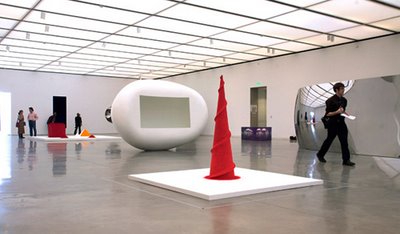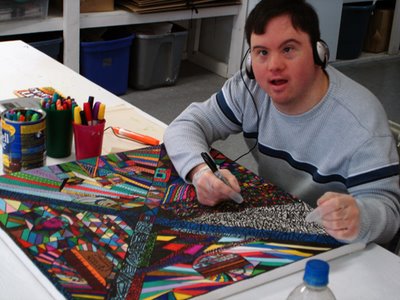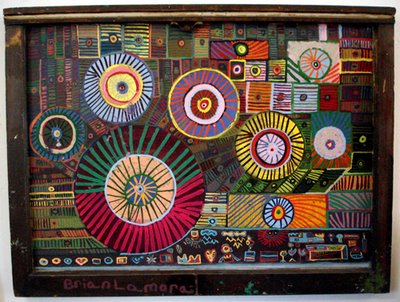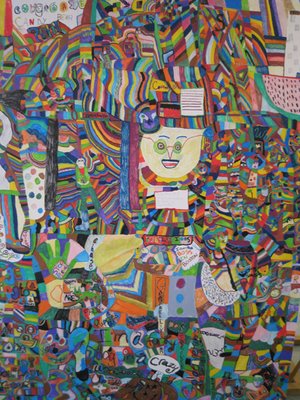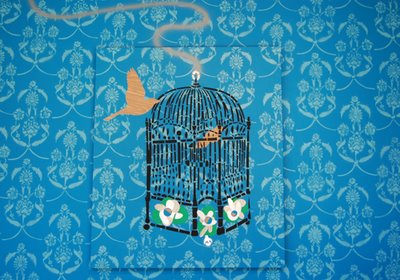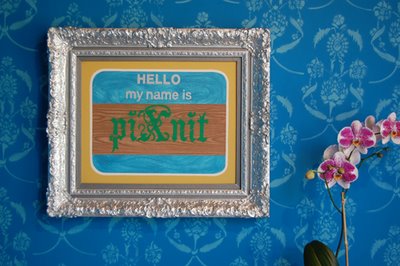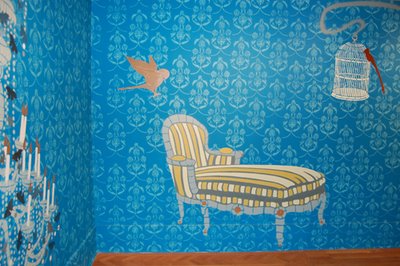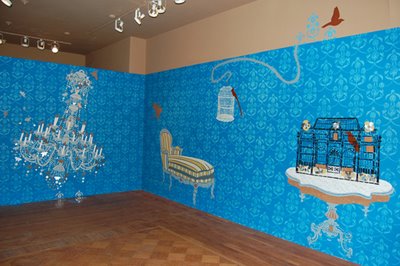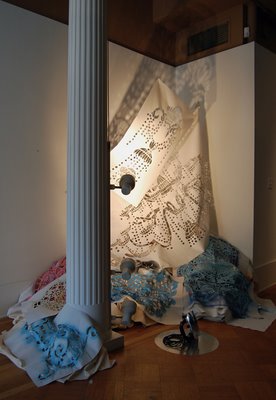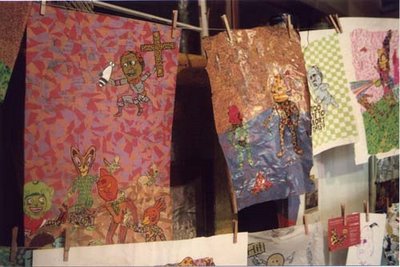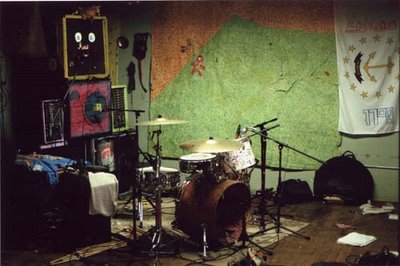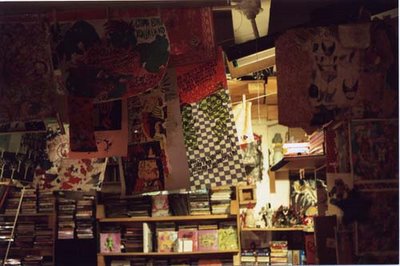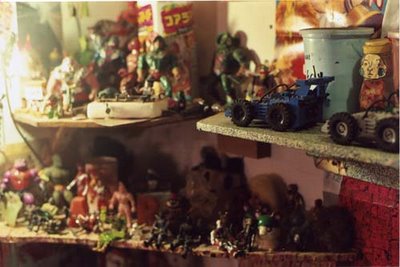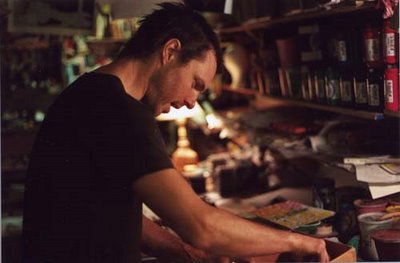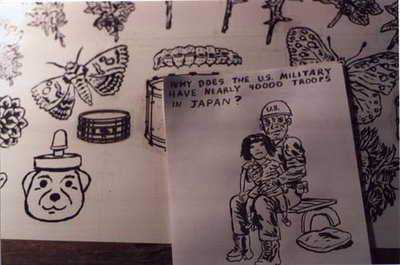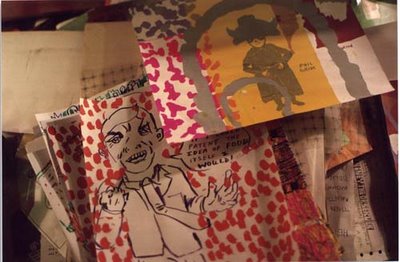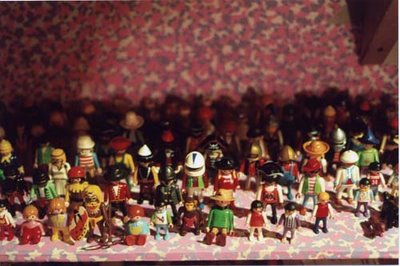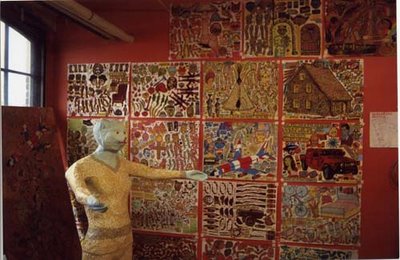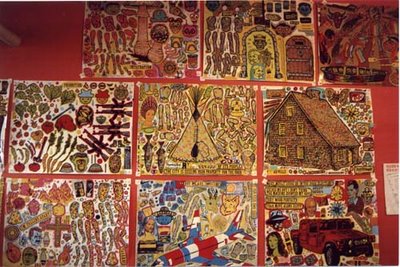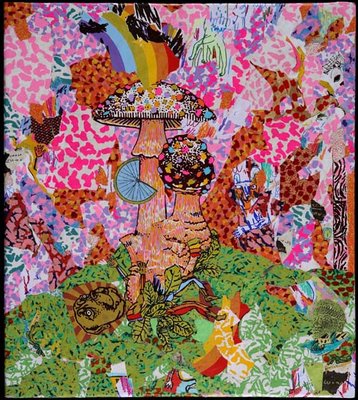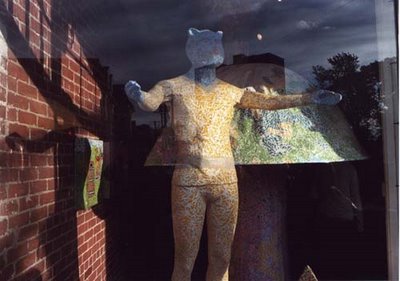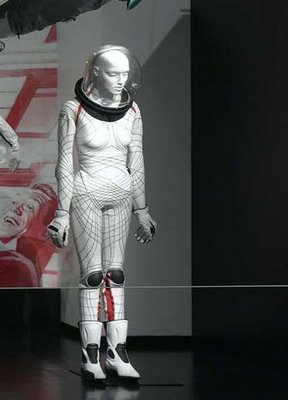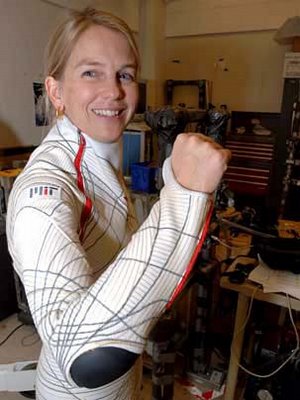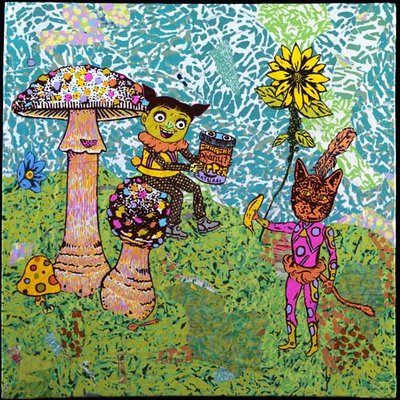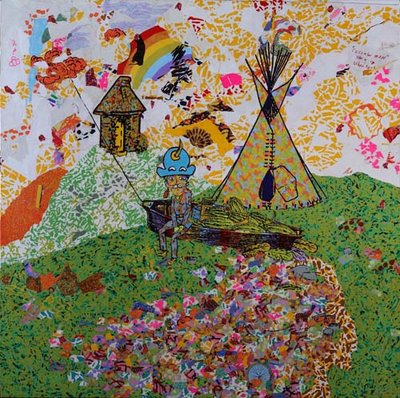Steven Zevitas, who operates
Steven Zevits / OSP Gallery and Open Studios Press out of a third-floor space in the gallery building at 450 Harrison Ave. in Boston, will begin moving downstairs over the next couple weeks into a storefront gallery in the same building that was recently vacated by
Julie Chae Gallery.
“It’s just a nice expansion for us,” Zevitas says. “It gets us on the ground level.”
Zevitas plans to build out the gallery in June, with about half the space devoted to what will now be called Steven Zevitas Gallery and about half devoted to his publishing business. A planned summer group show is on hold because of the move, but Zevitas expects to have some art on display in July. The gallery’s first major show in the new space will present large works on paper by New York artist Jacob El Hanani, who will also be along the featured artists in the DeCordova Museum’s fall exhibition “Drawn to Detail.”
The gallery opened in 2001, presenting work by artists featured in the Open Studios Press periodical
“New American Paintings,” which started up with Zevitas as founding editor in 1993. (He bought the publication in 1999.) The gallery’s programming developed into free-standing shows, mostly focused on abstract works on paper. But with the move Zevitas plans to expand its offerings to include large-scale painting and sculpture, stuff he didn’t have room for upstairs. The move increases the firm’s space to roughly 2,400 square feet from about 1,400 square feet (plus a 250- to 300-square-foot inventory room).
In addition to “New American Paintings,” Open Studios Press also runs
OSP Catalogs, which since 2000 has published catalogs for galleries and museums, and
“Studio Visit,” a publication showcasing artists which began operations last year.
